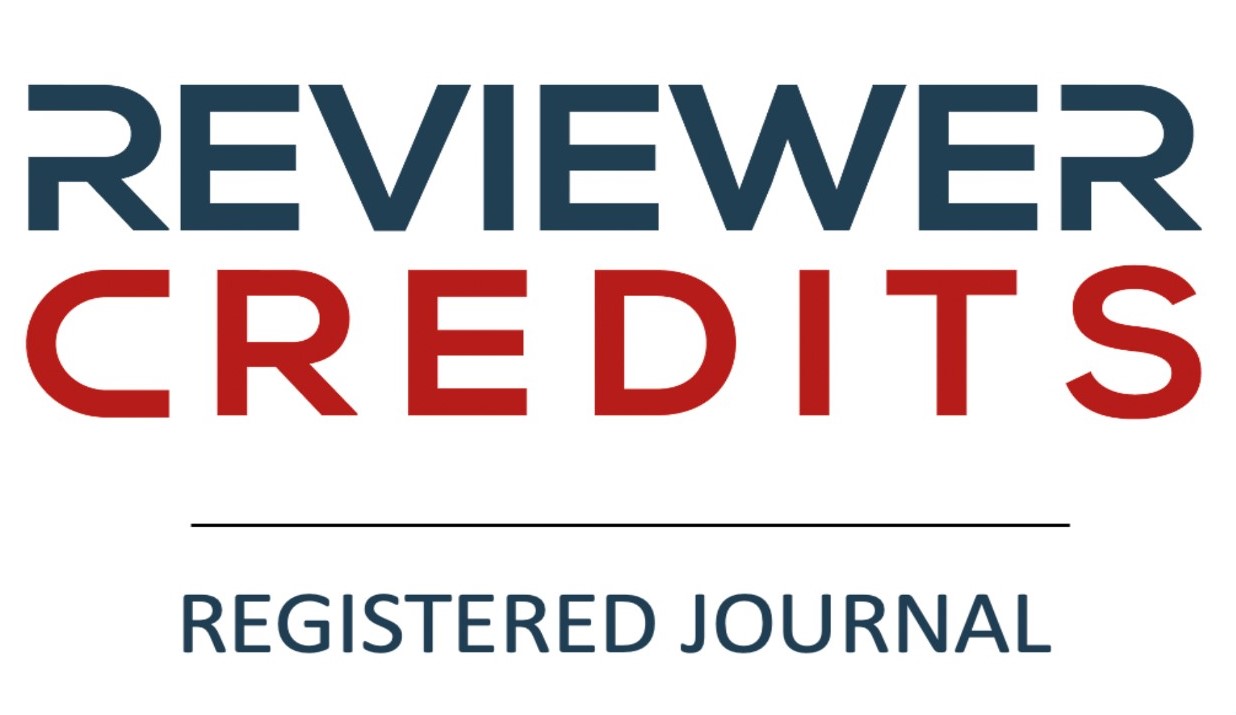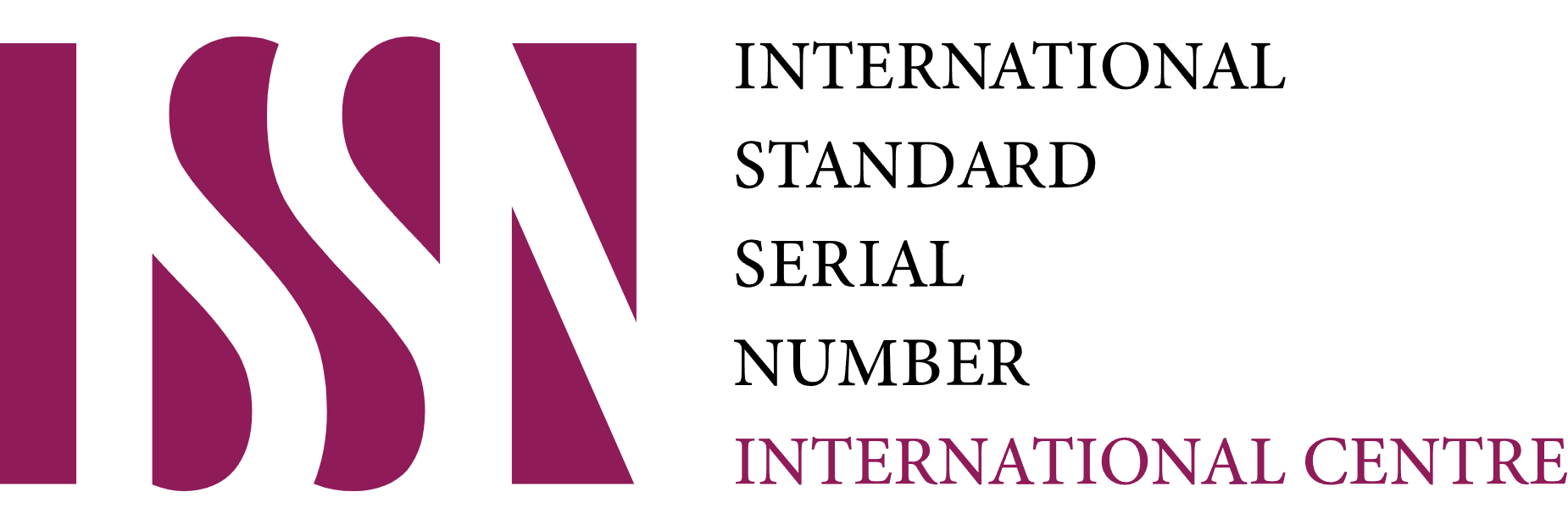THE ROLE OF AGRICULTURAL EXTENSIONERS IN THE DYNAMICS OF FARMER GROUP IN TANJUNG MEDAN SUB DISTRICT, ROKAN HILIR DISTRICT
DOI:
https://doi.org/10.51852/jpp.v18i2.641Keywords:
dynamics, extension, farmer, groups, role, welfareAbstract
The importance of the role of agricultural extension workers is carried out to bring up human resources in Tanjung Medan District so that they are able and willing to move dynamically to manage and develop farming activities in order to create prosperity. The large number of passive farmer groups is a problem in today's agricultural institutions. Therefore, quality improvement in agricultural activities will be supported and created if farmer groups and extension workers work together to achieve common goals. This research was conducted to determine the level of the instructor's role, the level of group dynamics and the influence of the instructor's role on group dynamics. This study used a survey method with 114 farmers as respondents who were selected by cluster sampling. Data were analyzed using a Likert scale and SEM test using Amos 24. Agricultural extension workers had carried out their role very well because they were in the very high category, namely the role of extension workers as facilitators, innovators, motivators, dynamists, educators, and consultants. The dynamics of farmer groups are classified as very dynamic because they are in a very high category, namely group objectives, group structure, group functions, group coaching and development, group cohesiveness, group atmosphere and group effectiveness. Then the role of agricultural extension agents has a significant effect on the dynamics of farmer groups, which means that the increasing role of agricultural extension agents will increase the dynamics of farmer groups in Tanjung Medan Sub District.
References
Amelia, Sukmawati, dan Salahuddin. 2021. Peran Kelompok Tani Terhadap Kapasitas Petani Padi Sawah di Desa Lamomea Kecamatan Konda Kabupaten Konawe Selatan. Jurnal Ilmiah Penyuluhan dan Pengembangan Masyarakat. 1 (3): 25-31.
Febrianti C, Sulistyati M, dan Alim S. 2015. Peran Penyuluh Dalam Meningkatkan Dinamika Kelompok Peternak Itik (Kasus Pada Kelompok Peternak Itik di Desa Padamulya Kecamatan Cipunagara Kabupaten Subang. Students e-Journals. 4(3): 14-18.
Matulessy PM, Pattiselanno AE, dan Tahitu ME. 2020. Kekerabatan dan Kelompok Tani (Studi Kasus Kelompok Tani di Negeri Tawiri, Kecamatan Teluk Ambon, Kota Ambon). AGRILAN ( Jurnal Agribisnis Kepulauan ), 8(3): 207-218.
Meliyani EFR, Sendjaja TP, dan Tridakusumah AC. 2023. Dinamika Kelompok Studi Pada Kelompok Tani Peguyuban Bumi Mandiri dan Kelompok Tani Sri Tanggulun di
di Kabupaten Subang. Jurnal Pemikiran Masyarakat Ilmiah Berwawasan Agribisnis. 9(1): 369-394.
Nurazmi, Rosnita, dan Yulida R. 2014. Persepsi dan Dinamika Kelompok Pengrajin dalam Pengembangan Usaha Agroindustri Berbasis Nenas di Desa Kualu Nenas Kecamatan Tambang Kabupaten Kampar. Jurnal Online Mahasiswa Fakultas Pertanian Universitas Riau. 1 (1): 1–11.
Sianturi NLM. 2019. Peran Penyuluh Dalam Pengembangan Kelompok Tani di Kecamatan Ulu Barumun Kabupaten Padang Lawas Provinsi Sumatera Utara. Politeknik Pembangunan Medan. p.75.
Sinaga PH, Rosnita, Yulida R. 2016. Dinamika Kelompok Tani Kelapa Sawit Pola Swadaya di Kecamatan Bagan Sinembah Kabupaten Rokan Hilir. Jom Faperta. 3(1): 1-12.
Sunggu EBO, Arifudin A, dan Rosnita. 2023. Pengaruh Peran Penyuluh Pertanian Terhadap Dinamika Kelompoktani Hortikultura di Kecamatan Tigapanah. KIRANA (Jurnal Komunikasi dan Penyuluhan Pertanian). 4(1): 65-75.
Susanti M, Rosnita, dan Yulida R. 2017. Analisis Kinerja Lembaga Penyuluhan di Kabupaten Indragiri Hulu. Jurnal Ilmiah Pertanian. 13(2): 23-37. doi:10.11164/jjsps.5.2_381_2.
Thomas S. 2005. Dinamika Kelompok. Jakarta : Universitas Terbuka.
Downloads
Published
Issue
Section
License
Authors who publish with this journal agree to the following terms:
1. Copyright on any article is retained by the author(s).
2. The author grants the journal, right of first publication with the work simultaneously licensed under a Creative Commons Attribution License that allows others to share the work with an acknowledgment of the works authorship and initial publication in this journal.
3. Authors are able to enter into separate, additional contractual arrangements for the non-exclusive distribution of the journals published version of the work (e.g., post it to an institutional repository or publish it in a book), with an acknowledgment of its initial publication in this journal.
4. Authors are permitted and encouraged to post their work online (e.g., in institutional repositories or on their website) prior to and during the submission process, as it can lead to productive exchanges, as well as earlier and greater citation of published work.
5. The article and any associated published material is distributed under the Creative Commons Attribution-ShareAlike 4.0 International License













